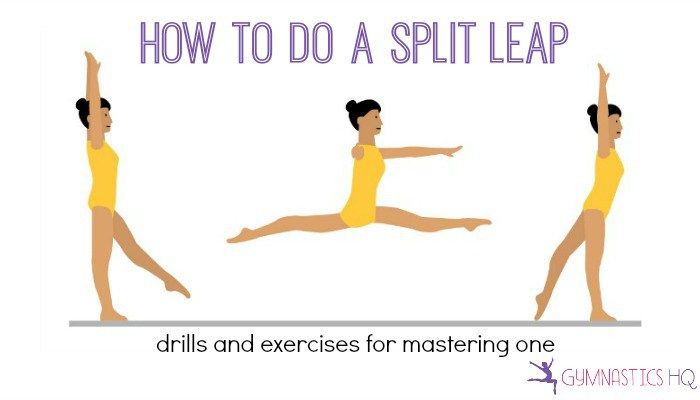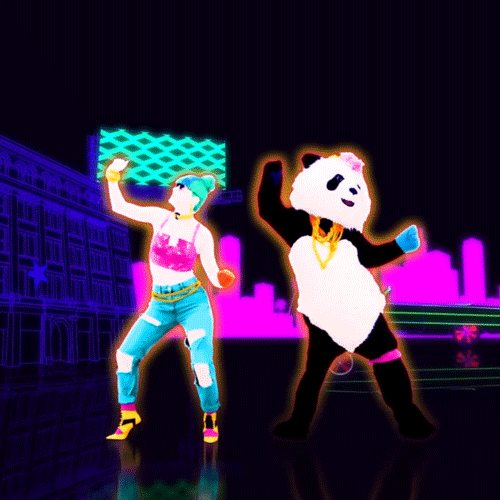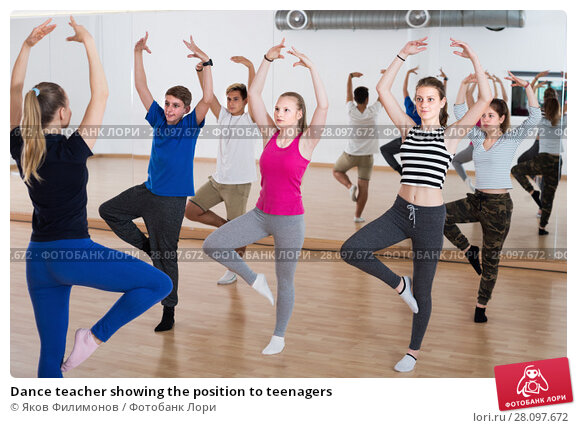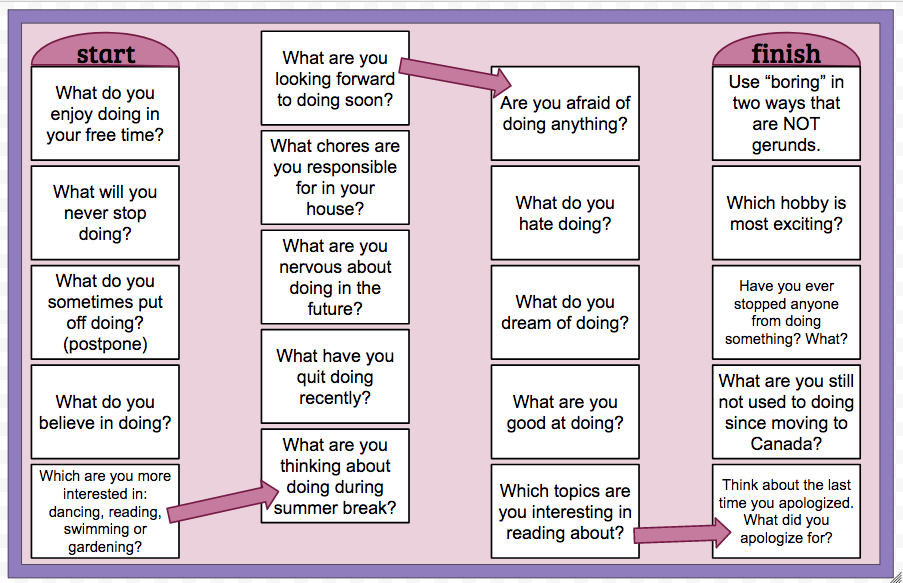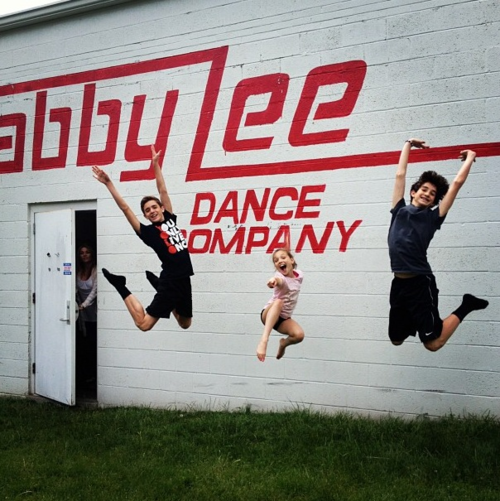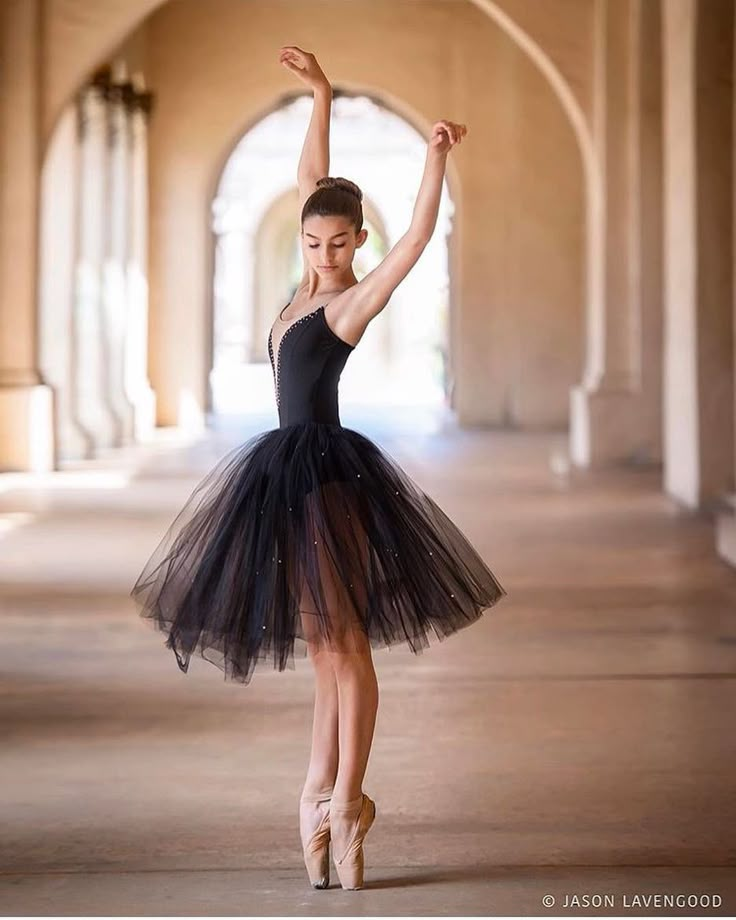How to improve turns in dance
How to improve your dance turns. Here’s 5 Tips To Fix your Turn Technique
How do I improve my turns? We gave you the tools to improve your core & now we are giving you the steps to better your turns.
Here are 5 tips to fix and improve your turning technique:
- Be ready
- Practice makes permanent.
- Find your spot, hold your core, use your plié, drop your shoulders and remember to breathe
- If you do not spot, you will get dizzy
- Think of “connecting” your arms with your back muscles
Alright let's dive a little deeper into each one of the five.
1.
You ready?One of the worst things for your dance training is to do advanced turns before you are ready. If you haven’t mastered proper technique or built required muscle strength, you run a very high risk of developing bad habits. Do you know what takes longer than learning a difficult yet awesome dance move? Having to break a bad habit and then relearn the move correctly. Chat with your dance teacher to make sure you are ready for advanced turns, like fouettés. They just want wants best for you ?! #HardTruth
2.
Practice makes permanent.Practice at the barre before you take your new moves to center. Not to go all mad scientist on you, but dance really is a matter of physics and manipulating your body to do cool things regardless of inalienable realities like gravity. Practice your movement so that when you are dancing in center, your muscle memory takes over and your legs, hips, arms and so on will know exactly what to do when you add a whole new element — the actual turning part.

3.
Put a little PREP in your step.Good ol’ Benny Franklin had it right, without a solid prep, your turns will be a mess. Before you bust out 64 fouettés on pointe, find your spot, hold your core, use your plié, drop your shoulders annndd remember to breathe.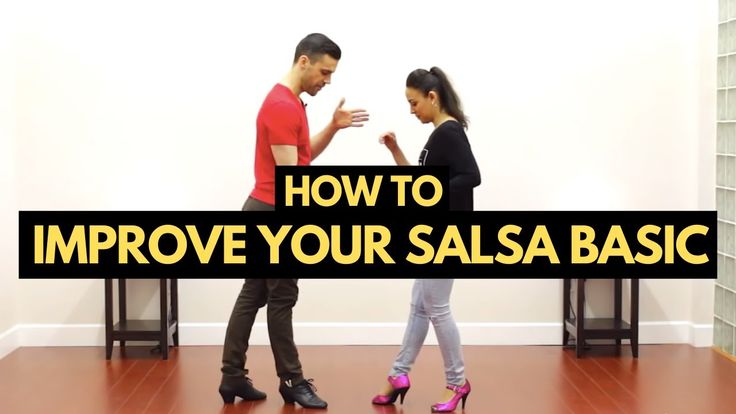 We know, it’s a lot to think about — that is why #3??is so important! Use repetition to your advantage — get that muscle memory down so you can focus on one thing at a time. Set yourself up for successful turns with a solid prep.
We know, it’s a lot to think about — that is why #3??is so important! Use repetition to your advantage — get that muscle memory down so you can focus on one thing at a time. Set yourself up for successful turns with a solid prep.
4.
Don’t stop the spot.See, even Channing knows the importance of spotting. Fact: if you do not spot, you will get dizzy. And, who can whip out beautiful turns if they are too dizzy to even stand up straight? If you’re having trouble spotting, put a post-it or bright colored tape on the mirror to help your eyes locate your spot quickly. It’s also a good idea to take it back to a more basic turn like chainés until you can spot like pro. Then, you’ll be ready to execute more advanced turns.
5.
You’re either with us or you’re against us.Your arms will either help your turns or hinder your turns — there is no neutral. Make the wise decision and enlist your arms to join you in your Flawless Turn Army.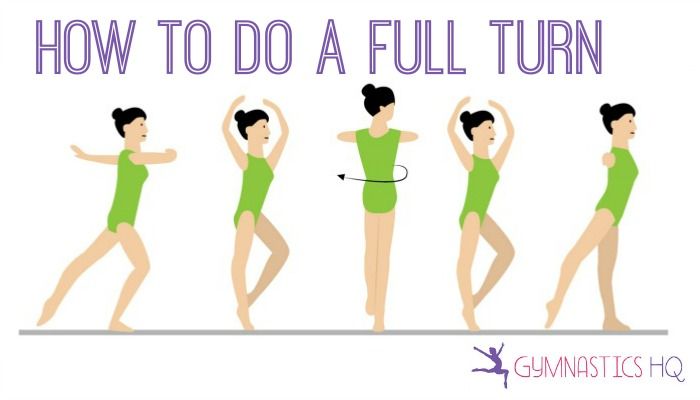 Think of “connecting” your arms with your back muscles. Engage (don’t tense!) your muscles to help you hold controlled, intentional movements versus letting your arms flail about, throwing you off your center. PS don’t use your arms to “wind up” your turn. Dancers are not mindlessly spinning like some crazies think we are. Beautiful turns are a result of hard work, training, proper technique and being a genius by using the laws of physics to create art?. Sir Isaac Newton’s Laws of Motion? Yeah, we know all about that.
Think of “connecting” your arms with your back muscles. Engage (don’t tense!) your muscles to help you hold controlled, intentional movements versus letting your arms flail about, throwing you off your center. PS don’t use your arms to “wind up” your turn. Dancers are not mindlessly spinning like some crazies think we are. Beautiful turns are a result of hard work, training, proper technique and being a genius by using the laws of physics to create art?. Sir Isaac Newton’s Laws of Motion? Yeah, we know all about that.
Ten tips to help you become a natural turner! — London Ballet Classes
London Ballet Classes
Ballet Tips
London Ballet Classes
Ballet Tips
Turns require full-body co-ordination and the perfect amount of impetus and speed. They take years to master and whilst some of us take to turning naturally, many of us do not.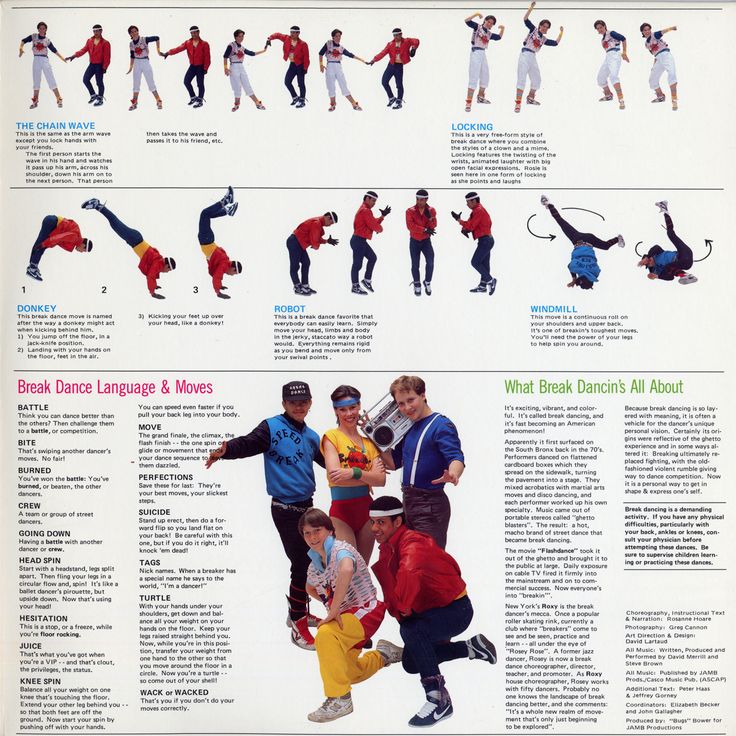 Despite this, with consistent effort and focus, turning IS something we can all get better at. This post highlights 10 quick tips that can improve your turns. Which ones could you be better at?!
Despite this, with consistent effort and focus, turning IS something we can all get better at. This post highlights 10 quick tips that can improve your turns. Which ones could you be better at?!
1. Spot – be sure to look with intention and fixate your gaze on where you want to go. Spotting becomes more important once we start going for doubles and triples and especially for fouettés. So even if you generally spot well, if you are aiming for multiple turns, go back to the basics and practice spotting, ensuring your head doesn’t tilt to one side on your way round.
2. Engaged Arms – if you fail to engage your arms they are a dead weight which can pull you off balance. Hold your arms in a clear position and get into that position quickly, the longer you leave the arms lingering, the more likely you are to lose your balance. Generally, it is good advice to keep the arms relatively close to the body and rib cage height or above. If the arms are too high you will end up arching back and if the arms are too low, your shoulders will slump forward. Practice transitioning through the arm movements while stationery to find the right height for you.
Practice transitioning through the arm movements while stationery to find the right height for you.
3. Use the third eye – remember lifting the chin and looking out of your ‘third eye; helps to improve your posture and alignment. It lengthens the spine and keeps you upright. When turning think more of going up and less about going around – this keeps you over your centre of gravity and makes you less likely to fall out of your turn.
4. Less impetus – Because many of us are truly terrified of turns, we panic and we tend to use more power than we need. We throw ourselves into turns rather than creating a feeling of being lifted and centred. Often with turns, less is more. Mentally strive for a controlled turn, which ends on a demi pointe, and finishes up rather than down. This means the turn should gradually slow to a halt, rather than collapse into an end position. With this focus on controlled turning, we reduce the intensity and often turn better. Think of it this way - greater force in the wrong direction requires more adjustment to find our balance. So, in the early stages, keep it steady
So, in the early stages, keep it steady
5. Two turned out legs - When it comes to multiple turns, we need to create a counter balance, meaning both our legs should remain turned out for the duration of the turn. If your working leg turns in (on an en dehor pirouette) you will end up turning into the leg and getting stuck. To complete a full turn, think of the working leg as fully turned out and leading the way. Then think of the heel of your supporting leg as turned out and forward. You can learn a lot from how you fall out of turns, if you fall back, your releve is likely not strong enough and your supporting foot is collapsing mid turn. Falling forwards is often an indication of too much impetus or disengaged arms. Falling to the sides can indicate weak or imbalanced obliques. Find out which way you fall and then self-correct.
6. Shoulders broad and back – Slumped shoulders can throw you off balance because it not only interferes with the alignment of your head (and therefore spotting) but also with your ability to correctly hold your arms (which involves engaging your back muscles).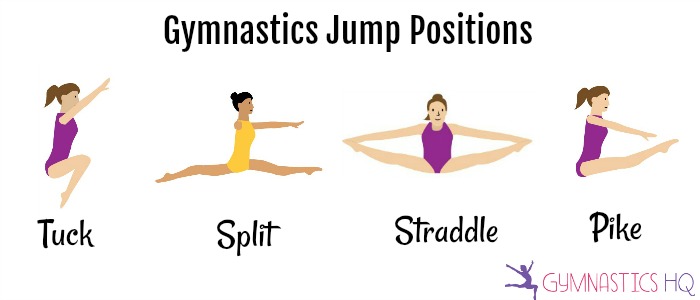 Thinking of two square shoulders, broad and pulled back, helps to keep us balanced. Most of us have one arm which is stronger than the other and therefore we tend to use unequal force when turning, which ends up pulling us off to one side. Squaring the shoulders and engaging the back helps to counteract this.
Thinking of two square shoulders, broad and pulled back, helps to keep us balanced. Most of us have one arm which is stronger than the other and therefore we tend to use unequal force when turning, which ends up pulling us off to one side. Squaring the shoulders and engaging the back helps to counteract this.
7. A strong releve – Strengthening our feet is a key part of being able to turn. We must be able to sustain the releve for long enough to get around. If you find the supporting leg is collapsing mid turn, then it is time to go back to basics. Start with simple rises and releves at the barre and work towards trying to balance in the pirouette position (for a minimum of 4 counts). Try this both at the barre and in the centre. We must be able to hold a position before we can turn in it. Throughout your turn there should also be good contact between your foot and calf and this should be sustained at the same height throughout a turn. Therefore both of your feet are integral to turning, the stronger they are, the easier you will find it!
8. A secure starting position– make your starting position clear, whether it is third, fifth or fourth, ensure your weight is in the middle, and start with a good deep plie. Plies can help us to get our weight into the right place and they also provide the impetus needed to turn. The starting position is very important, because if your weight is in the wrong place you will need to self-correct while turning which is very hard! A good foundation is a good start. Practicing releves from a fourth or fifth position is a good way to prepare for pirouettes. If you are still struggling, practice quarter turns.
A secure starting position– make your starting position clear, whether it is third, fifth or fourth, ensure your weight is in the middle, and start with a good deep plie. Plies can help us to get our weight into the right place and they also provide the impetus needed to turn. The starting position is very important, because if your weight is in the wrong place you will need to self-correct while turning which is very hard! A good foundation is a good start. Practicing releves from a fourth or fifth position is a good way to prepare for pirouettes. If you are still struggling, practice quarter turns.
9. No micro adjustments – many people slightly pivot the foot before going into a pirouette, this is either because they are exaggerating their turnout and are therefore not balanced in their starting position or because they haven’t learnt to use the right muscles for turning. From a plie, go straight up into turning without adjusting the feet. Micro adjustments create a feeling of being disjointed and unbalanced, because we are creating more steps than there need to be.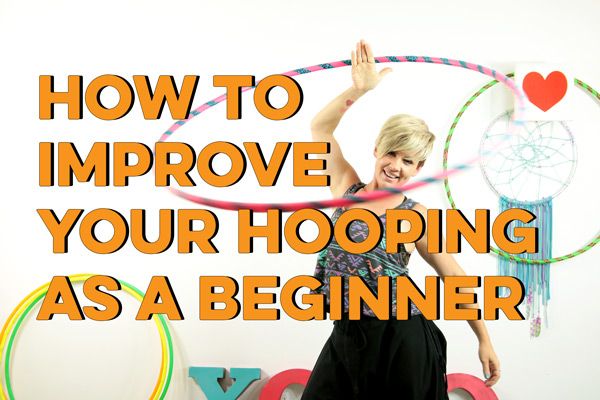 This in turn reduces our ability to turn because we exert some of our power in the micro adjustments rather than in the turn. Think of going up into a turning position in one swift motion.
This in turn reduces our ability to turn because we exert some of our power in the micro adjustments rather than in the turn. Think of going up into a turning position in one swift motion.
10. Smile - finally and perhaps MOST importantly, experiment with smiling when you turn. It impacts ALL of the above steps. When I tell people to smile in their turns, the tension flows out of their faces and bodies, in turn enabling them to lift their chins, pull back their shoulders and use less force. Mentally relax into turns and create a sense of fluidity – this will totally transform your experience. In the worst case scenario we fall out of a turn entirely – and then we can try again tomorrow!
Let us know if these tips have helped you or if you have any other suggestions in the comments 😊
Tagged: balletaddiction, balletrepertoire, Ballet in London, Ballet, pirouette, ballet fitness, beginner ballet, pointe shoes, ballerina
Rotations and turns in dancing (practice)
- Posture
Rotations are performed with a taut and even body, "coccyx retract", "long neck", chin looks up. This will help you balance and tighten the axle needed for long term spins.
This will help you balance and tighten the axle needed for long term spins.
- Dot
All dancers know to "hold the dot" to spin, but I wonder if you can change dot fast enough? In order to rotate long and hard, you need to train a sharp and lightning-fast change of point. The point should be kept at the level of your eyes and a little higher. Don't look at the floor or you'll end up there.
- Alignment (cross)
Concentrate on aligning the line of the shoulders with the line of the pelvis, they should be parallel. If you do not align the lines of the shoulders and pelvis during the beginning of the rotations, you will not be able to catch the balance and your rotation will not be long, a maximum of 3 pirouettes. To do this, you should train in front of a mirror, stand in a relevé and make sure that the lines of the shoulders and pelvis (hips) are parallel. Also, in front of the mirror, you should control the position of the body, become sideways and make sure that you are not leaning forward or leaning too back.
Also, in front of the mirror, you should control the position of the body, become sideways and make sure that you are not leaning forward or leaning too back.
- Balance
When pirouettes, you balance on a half-finger (relev), practice balance without rotation. If you can’t stand on a half-finger without spinning, then you won’t be able to stand in a turn either. Practice balance on half toes without rotation, train both the left and right foot, you should stand eight counts at a very slow pace, this will strengthen your axis. What type of spin do you train, classic turnout or jazz closed? Practice every type of balance until you can, it will come in handy in your career as a dancer, modern show groups use all kinds of techniques.
- Your thumb
Where does your thumb point when you rotate it? If your finger is not pointing in the same direction as your knee, this rotation is not considered correct and you will not be able to achieve a multi-spin. Stand on your half-finger and make sure you don't "clubfoot" that your thumb is pointing in the same direction as your knee. There is nothing worse than a clubfoot dancer! If the foot is placed correctly, the weight is also distributed correctly and you will be able to build the best axis for rotation. Make sure that during the rotation you do not jump on the half-toe, do not "play" up and down and your instep is stretched as much as possible. Throughout the rotation, you should stand on the maximum possible half-finger.
Stand on your half-finger and make sure you don't "clubfoot" that your thumb is pointing in the same direction as your knee. There is nothing worse than a clubfoot dancer! If the foot is placed correctly, the weight is also distributed correctly and you will be able to build the best axis for rotation. Make sure that during the rotation you do not jump on the half-toe, do not "play" up and down and your instep is stretched as much as possible. Throughout the rotation, you should stand on the maximum possible half-finger.
- Use the dance floor (parquet)
Push off the deep plié floor with all your strength to set the maximum possible rotational energy. Imagine a Devil in a Box spring toy, you push it down into the box and when you open it, it kind of shoots up with maximum force, while you direct this energy into rotation with your hands. Push off from the plié with enough force to get on your half toe and extend your knee, and of course not more than necessary, otherwise you can not resist.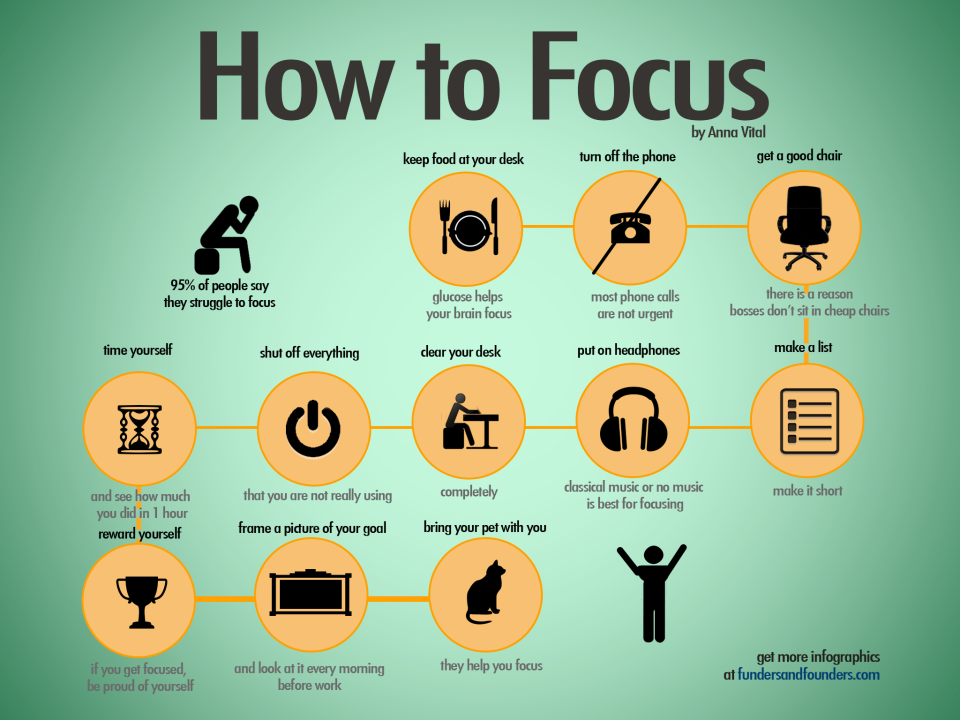 Also, there is a technique in which, during the performance of the plie, the dancer exhales and then briefly inhales during the first turn, which allows you to increase the moment of rotation using an additional force.
Also, there is a technique in which, during the performance of the plie, the dancer exhales and then briefly inhales during the first turn, which allows you to increase the moment of rotation using an additional force.
- Matching shoes
Depending on the choreography, wear specialized dance shoes. It is not recommended to do rotation without shoes, you can comb the skin on the balls of the feet.
- Arms
Have you noticed that when doing a series of pirouettes, the arms are closer to the body in subsequent turns than in the first turn? Quite right! During a series of pirouettes, it is very important not to lose the energy of rotation, for this the dancer must skillfully collect his hands to the body, distribute energy for each turn, so that in each subsequent turn the hands are a little closer than in the previous ones. Try it in practice, if you do not bring your hands together, then the rotation will not be fast and not long, but if you sharply take your hands to the body, then you will sharply spin at a higher speed. Now that you know what to do, you should train the most important condition - while bringing your hands together, hold the "cross" (the line of the shoulders and the line of the pelvis should be parallel).
Now that you know what to do, you should train the most important condition - while bringing your hands together, hold the "cross" (the line of the shoulders and the line of the pelvis should be parallel).
- Pulling
Imagine that while you are spinning, someone is pulling you up by the top of your head. This will allow you to keep a straight axis and rise as high as possible on the half-finger with the involvement of the main muscles of the body.
- Practice
Pirouette, like a circus trick, performing a series of pirouettes requires long hours of regular practice.
"When I was preparing to break the world record, I worked out at least three days a week for several hours. And it took about a year for me to start rotating from 19
7 ways to improve your connection while dancing
7 ways to improve your connection while dancingAuthor: Gaëlle Céline Le Vu, France
zouksidedown.
-Step-18.jpg/aid1640374-v4-728px-Shuffle-(Dance-Move)-Step-18.jpg) wordpress.com/2014/03/21/7-ways-to-improve-your-connection-while-dancing/
wordpress.com/2014/03/21/7-ways-to-improve-your-connection-while-dancing/ The article is a logical continuation of the previous one: What your very first movement in dancing with a girl says...
"Connection" - connection, connection, coupling.
Connection in a dance context - such mutual understanding in a pair, when the partners seem to be connected with each other, are completely synchronized , they clearly feel the leading-following of each other and represent a single whole. I cannot find the same capacious and harmonious analogue of the word connection in Russian, so I will use the English version. The concepts of "contact" and "relationship" are closest, but they are not quite the same thing.
A dance without a connection is not a complete dance. One or both partners are immersed in themselves, focused on the mechanical execution of movements, do not feel their partner, use him as a simulator for working out ligaments. The dancers hold hands, but they are not together .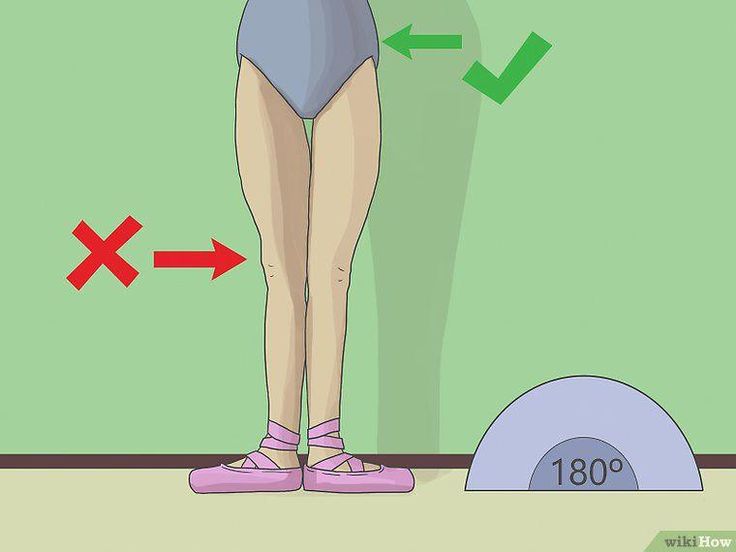 The ability to make many complex connections, even if they are technically perfect and you are a teacher in general (and suddenly) - does not affect the quality of the connection in your dance in any way ;)
The ability to make many complex connections, even if they are technically perfect and you are a teacher in general (and suddenly) - does not affect the quality of the connection in your dance in any way ;)
The topic is especially relevant, painful and suffered by me as a partner. You can live in peace and enjoy your role as a simulator and a moving mass, if you have never met this connection. But one day you will come across a partner with whom you will feel like you are somewhere in space, you want to dissolve in this dance. And your world will never be the same again. You'll understand what I'm talking about when it happens.
There is a lot of text ahead, but if you read everything carefully, think it over and start using it, then there will be a lot more happy smiles on the dance floor, believe me! I encourage affiliates to bookmark this article and re-read it periodically.
Ready? Go!
________________________________________
"The best thing about a hug is the charm of eternity in a couple of seconds. It's magic that allows two people to ascend to heaven in an instant."
It's magic that allows two people to ascend to heaven in an instant."
(Anna Giacomo)
The first article talked about the benefits of hugging, building and maintaining contact in dance. But it's not always so easy: you may not quite understand how to achieve this, even if you really want to. In this article, we will look at several ways to improve the connection.
1. Feel. Enjoy the moment.
Don't let the hug be purely mechanical: don't automatically put your hands on your partner while you look around and think about the next move. Enjoy this moment, close your eyes (while you are standing still, it is not necessary to check what is happening around). Relax, open up to your partner, let her relax with you. Be attentive to her. Maybe she smells like sweet perfume, or maybe she's sweating a little. Or she gets nervous and thanks god just for that0091 , you have time to be with her before the dance begins. Maybe she's excited and looking forward to having a great time.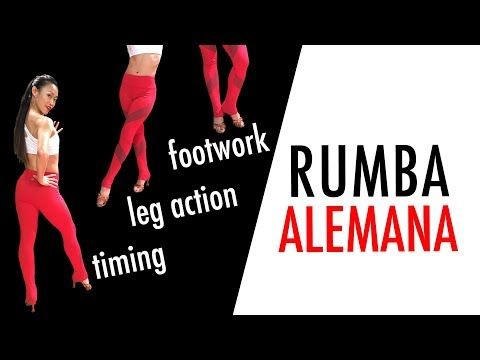 Maybe you can hear how fast her heart is beating. Perhaps she is too tense: she is tired, which means that your dance should be easy, or is she just nervous and you will help her relax? Pay attention to these details, they can be seen. Be here and now. Your partner will know if you are not with her .
Maybe you can hear how fast her heart is beating. Perhaps she is too tense: she is tired, which means that your dance should be easy, or is she just nervous and you will help her relax? Pay attention to these details, they can be seen. Be here and now. Your partner will know if you are not with her .
2. Relax.
Guys... I often hear some of you say things like "but she doesn't want to cuddle" or "she doesn't want to wait." Who is leading here? I thought it was you?..
This is the first moment. YOU are leading. This means that most of the decisions here are made by you. This does not mean that you should try to get your partner to do what she cannot do, or lead to something unnatural with her body movements, or try to perform with her the very movement that you so badly want to work out. This means that you must be attentive to her, see what is needed, and based on this, you begin to lead and show that you are here now for her.
If you feel that your partner is walking without guidance, which is typical for many beginners, think: why is that? I'm sure it's often because she's nervous. An experienced partner knows how to wait for the lead, but it takes time to learn this, it's not as easy as it seems.
An experienced partner knows how to wait for the lead, but it takes time to learn this, it's not as easy as it seems.
If you feel that your partner is not waiting for you, gently make her wait . If you see that she is in too much of a hurry, slow her down . Create gentle tension in your hands, and if you really need to stop her now, you can gently press your palms or thumbs into her hands. In most cases, there is no need to use them, and therefore, when you do, your partner will feel it and will be more attentive to you. Don't follow her lead! I'm serious.
Second moment. Whatever you do, your partner will try to mirror you . If you see that she is nervous and in a hurry, and you begin to hurry along with her (because sometimes you start mirroring us too), what good will come of it? On the contrary, why not force her to be attentive to you in the same way that you are attentive to her. Give her undivided attention, and then she will begin to relax and trust you => and be better behaved.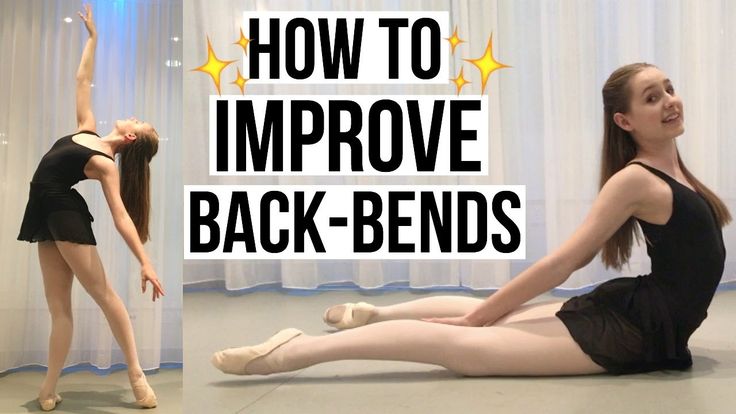 Do not think that the partner does not want to lead. Once again, in order for her to feel led and patiently follow, she first needs to relax. So, if you are unable to help her relax, she will not melt in your hands and will not behave as well as she could. If you don't show that you are there for her, she will go "somewhere else" and it will show up in your dance. The dance will look and feel disjointed.
Do not think that the partner does not want to lead. Once again, in order for her to feel led and patiently follow, she first needs to relax. So, if you are unable to help her relax, she will not melt in your hands and will not behave as well as she could. If you don't show that you are there for her, she will go "somewhere else" and it will show up in your dance. The dance will look and feel disjointed.
But before you can help your partner relax, you must also relax yourself. Relax your shoulders, remove tension from your neck, the girl will feel it, and then both of you will be able to feel the connection better. (Eventually, she wraps her left arm around you as you dance into a close embrace, she feels ALL of your tension.)
To recap. Relax yourself first. The partner will feel it and will also relax.
3. Touch heads.
This is optional, but a very good tool. Some partners may not want this kind of closeness with you, some of you may be too sweaty, or your shyness gets in the way.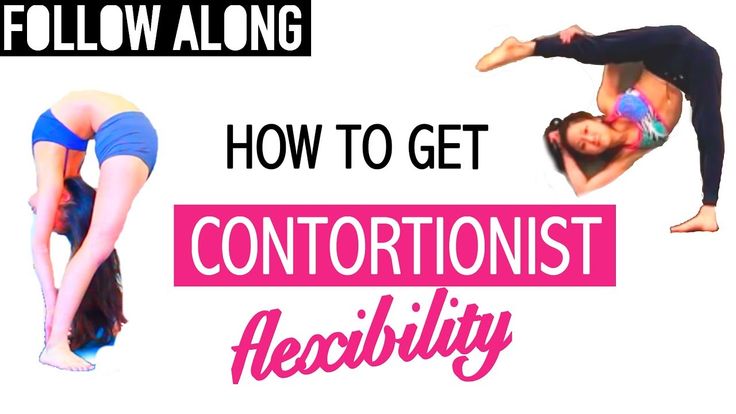 But let's assume the conditions are ideal. Use it as much as you like!
But let's assume the conditions are ideal. Use it as much as you like!
The simplest position is the close hug, but other variations can be used. For example, if you turned your partner and stand behind her, then it can be very pleasant for her to feel the touch of your head. You will feel more attentive to her, and she ... Believe me, she will be very good! But don't forget to feel it. Don't do these things because you have to. Relax and enjoy them.
In general, think about when you can use it and use it whenever possible.
4. Look at her. Or her movements.
Vision is a very important sense for a person. Let's use it!
From both a practical and an artistic point of view, it will be very good and beautiful if you look at the movements that you create. You can look directly at your partner, but if you stare completely intently, then this is somehow not very good. Not looking at her at all is also unpleasant and strange. But you definitely can't go wrong if you look at the moves you're leading. Why? Because you are constantly following her with your eyes, but at the same time you are not trying to aggressively look into her soul, if you know what I mean. Are you doing a simple laterao? Engage your chest and head, let them follow your arms. Do you lead to headwork? Follow these movements with your eyes and head, then you can connect your shoulders. Add more life to your body, accompany your partner's movements with your body. The girl will see it, at least feel it. This will greatly enrich your dance and add depth to it. Just think about what you are focusing on.
Why? Because you are constantly following her with your eyes, but at the same time you are not trying to aggressively look into her soul, if you know what I mean. Are you doing a simple laterao? Engage your chest and head, let them follow your arms. Do you lead to headwork? Follow these movements with your eyes and head, then you can connect your shoulders. Add more life to your body, accompany your partner's movements with your body. The girl will see it, at least feel it. This will greatly enrich your dance and add depth to it. Just think about what you are focusing on.
If you look somewhere else and at other couples, it looks like your insecurity (and this will negatively affect the connection, you are the host), or even as rudeness if things are really bad. Most likely, the partner will think that you are too shy and will try to understand you. Be careful with the image you create. Just focusing on the right things will already give you a huge advantage and make you feel better.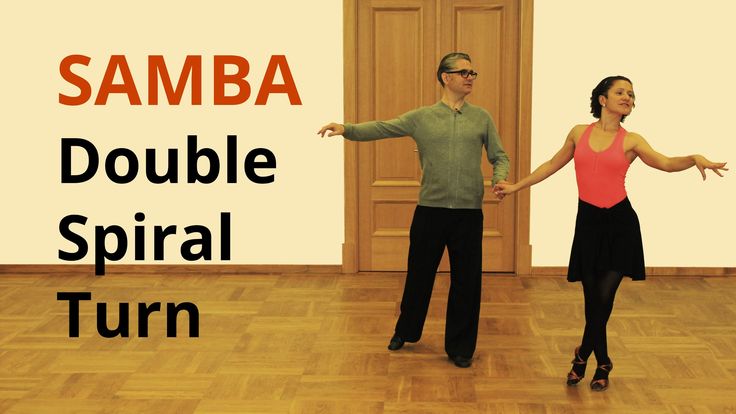
!!! This does not mean that you should not watch where you are going.
If you want to lead to a movement that involves moving in space or amplitude work with the partner's body, first look, WHERE you will lead her, and then lead . This way you will avoid clashes with other couples and add some style to your dance, because. your gaze will predict the next move.
Remark: very often the partners do not take into account the amplitude of the lady's head movement on headwork, different rotations, etc. Even if the partner stands with her feet in one place, the amplitude of movement of the upper part of her body can be greater! It is very unpleasant in rotation to crash your head into another pair.
5. Vary the tempo.
Yes, girls are sometimes too demanding, and learning to lead can be difficult. But if you practice, it will get better and easier.
One of the things girls go crazy over is musicality, or let's call it changes in speed for now. From simple, you can lead to some movement and in the process change its speed. It works with anything, anywhere, anytime.
From simple, you can lead to some movement and in the process change its speed. It works with anything, anywhere, anytime.
The easiest way to use it is when driving. It doesn't matter if you are opposite, or to the side of your partner, or behind - imagine that you are taking her for a walk. Listen to music. If you hear a fast succession of accents or a melody build up in speed, why not speed up your walk? If the speed of the music is the same, then you can go at a steady pace, or play around and change the speed as you like. Why not? If the music slows down and you are walking at a normal speed, don't get hung up on the 1-2-3 count, you can use slow and the second quick, and skip the first one (tum chik chik). Or you can slow down even more and use only the slow beat (tum chik chik) Everything is possible.
Just add variety to your movements, don't dance at the same pace all the time, play with the music. Play with your partner. With great probability, this will increase her attentiveness, she will have to become more attentive to you, and the connection will become better.
6. Save the contact.
One of the main rules of a good connection is to keep in touch. Have you ever had a professional massage? Have you noticed that the massage therapist constantly keeps in touch with you? Even if he needs to take oil or something else, he tries to keep contact with you with one hand.
If you lose contact, you need to rebuild it. And if the connection was not very good, then you run the risk of destroying everything that you have just achieved. One of the easiest ways to maintain contact is to place your right hand on your partner's back as she makes a simple turn and now has her back to you. This is not just a rule of "good technique", it allows the partner to feel you and understand where you are. She will know that you are still here.
If you follow this simple rule well, your partner will feel more comfortable and trust you more. Naturally, she will not be able to explain why she felt this way, she will remember the dance as "it was very nice. " But you know ;)
" But you know ;)
It's the little things that make for a great connection, and therefore a great dance.
7. Waves and other bodywork .
Last but not least. In a conversation on this topic, I cannot but mention the waves.
There are very, very many options for the execution of waves, you can write a separate article about this. But within the topic of connection, distance and tone are of key importance.
Partners:
Pay close attention to your partner's hand on your back. Do not arch your back, do not try to walk towards your partner if he is not leading. He will lead, not you. Be sure to pay attention to this moment. Most likely you think that this does not apply to you, but my experience of conducting for a partner shows that 80% of girls do not feel and do not understand my hand on their back. Each time I have to explain that I need to lightly press my back into my hand , and then I can feel the connection. Focus on your back, feel your partner's hand. If the hand moves away, then you follow it! Once you work on this, you will be much better behaved. Just give light pressure to your partner's hand and let him decide when to start and end the movement, when to slow it down, etc.
For partners:
Keep a good frame, put your right shoulder and arm in place. Don't twitch furiously, it won't help. Stand straight, your chest is the basis on which the girl will make a wave. You can also make a small wave with her, but don't make it stronger than your partner, it looks very strange.
What is the meaning of the wave? For me personally, a good wave represents good contact and tone. By tone in this case, I mean contraction (abdominal contraction) and the work of the back muscles. When you start the wave, bring your chest and ribs forward and up a little, then your belly, then your hips. When your movement takes the form of a serpentine, the energy decreases and you return to the starting position.